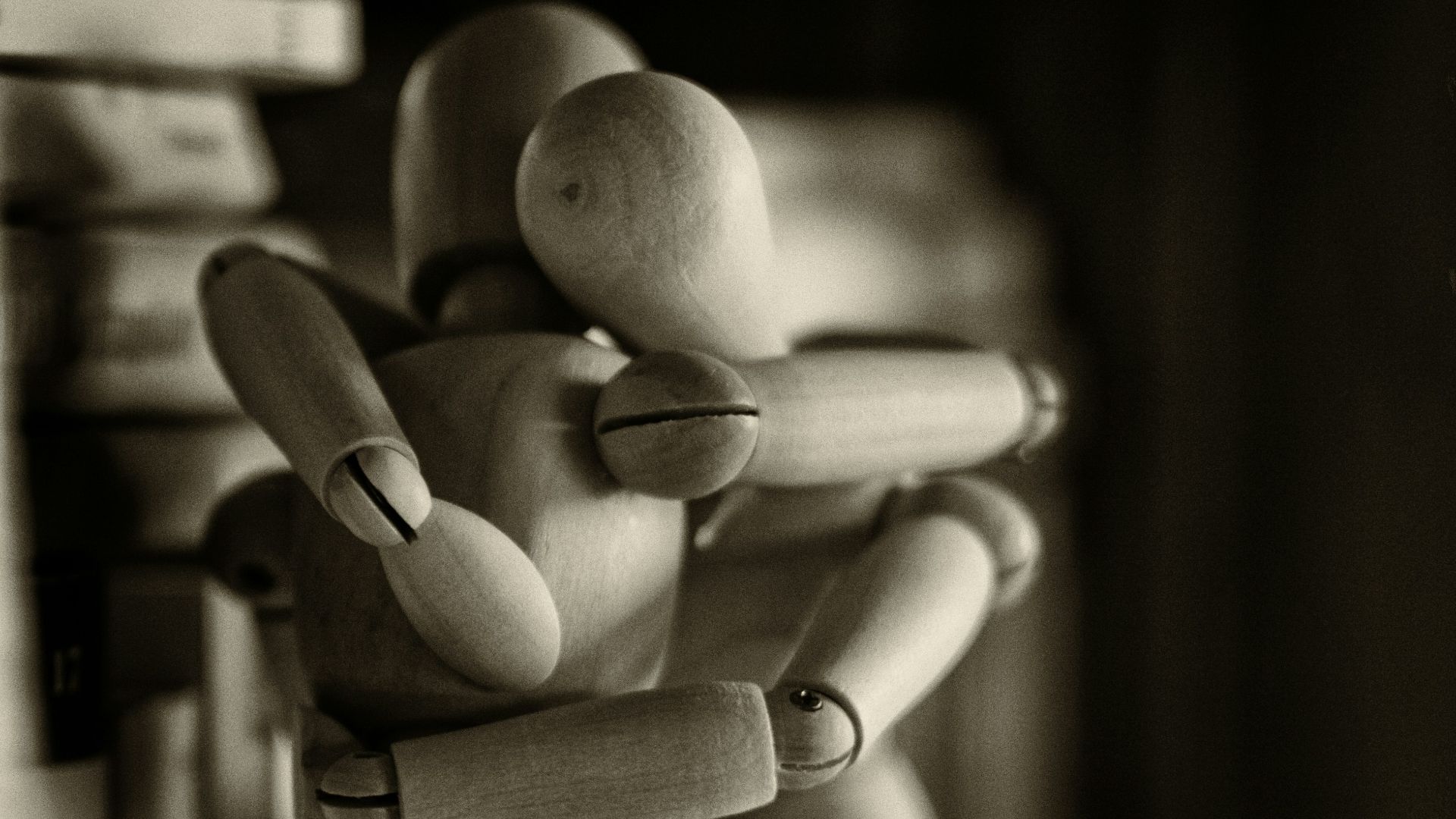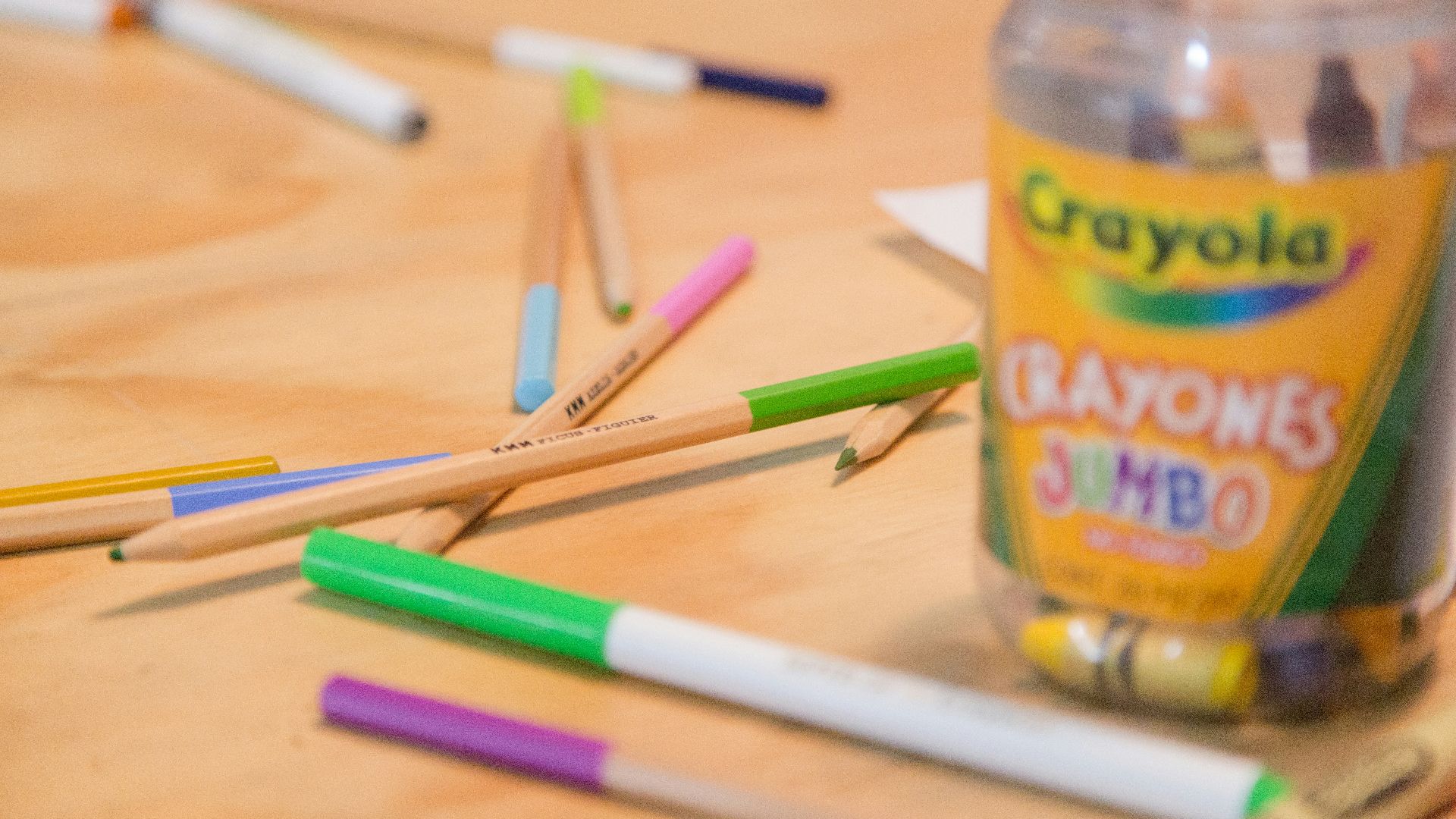It’s Never Too Late
Childhood is supposed to be a time of exploration, curiosity, and wonder. These formative years are crucial to forming healthy behaviors and tight social bonds. However, many people can have their childhood stolen away due to conditions out of their control. It’s never too late to heal your inner child, though, and the benefits are often quite fulfilling.
1. Acknowledge the Past
Ignoring your childhood, no matter how painful, will prevent you from achieving healing. This is why it is recommended to reflect on your childhood and acknowledge the events that occurred. This is the first step in bringing your pain into the light so you can begin to unravel it.
 Caroline Hernandez on Unsplash
Caroline Hernandez on Unsplash
2. Be Patient
This process can bring up some intense feelings, and you might not be in the best place to engage with the hurt. With that in mind, you should be patient and make sure you give yourself plenty of time before and during the process.
3. Address Your Inner Child
Many people have found success in speaking to their inner child like an actual living person. Saying your feelings out loud can be empowering, and even sympathizing with your past self can be a great way to start the soothing process.
4. Note the Feelings
When you begin unraveling your past and addressing those memories, it’s important to be aware of the feelings they elicit. The emotions that are triggered can help you trace the feeling back to the source of the stimulation.
5. Trace the Past
Building on the idea of addressing feelings, it’s important to also consider present occurrences in the context of the past. For instance, if your partner is suddenly busy with work and this is causing feelings of frustration, you might find it has to do with the fact that your parents neglected you in a similar fashion.
6. Write a Letter
Writing a letter is a great way to get your feelings out on paper and address your inner child. It’s also helpful to ask and answer questions in the letter. For instance, focus on addressing “What does my inner child need from me?” or “How can I support my inner child?”
7. Try Meditating
Meditation doesn’t work for everyone, but the idea is to take some quiet time to reflect on your feelings and practice self-awareness. Simply sitting with your feelings is also a great way to get comfortable with unwanted or difficult emotions.
8. Journaling
Another way to keep track of your feelings and contextualize them is to journal. You can simply spend a few minutes every night writing down your thoughts or keep a notepad on hand and jot down a memory whenever it comes to mind.
9. Reignite Your Childhood
You’re never too old to care for your inner child. If you feel like you were robbed of small youthful pleasures, you can always get them back now. For instance, if you always wanted Legos as a kid, buy them now! If you always wanted to indulge in ice cream after school, treat yourself to a pint after work.
10. Participate in Childish Hobbies
You would be surprised to hear how many adults watch cartoons and collect toys. There’s nothing wrong with participating in hobbies that others might consider childish. In fact, now there are cartoons and video games made specifically for adults.
11. Take Your Time
Similarly to being patient, healing your inner child isn’t a one-day process. That’s why it’s important to leave the door open and revisit your past self whenever the moment strikes.
12. Affirming Words
Speech has a great way of soothing the inner spirit. Repeating a mantra or speaking aloud how you understand and love your inner child is a great way to make yourself feel heard and loved.
13. Have Conversations
You shouldn’t be afraid to talk to others about this. A therapist is a great way to unravel the stress of your youth and find new ways to cater to your lost inner child.
 Christina @ wocintechchat.com on Unsplash
Christina @ wocintechchat.com on Unsplash
14. Fulfill Childhood Dreams
Plenty of us wanted to be royalty or astronauts as kids, and that’s probably difficult to do even as adults. But you can still fulfill more manageable dreams. Take up an astronomy hobby, or visit some castles on your next vacation. Ticking off the wishes of your younger self can be very fulfilling and empowering.
15. Hug Yourself
Like verbal affirmations, physical ones are a great way to make your inner child feel safe and secure. Doing something as simple as hugging yourself is a great way to soothe the body, especially considering the fact that the body always remembers trauma.
16. Mirror Work
The mirror technique often involves taking the negative phrases you’ve heard throughout your life and mirroring them. For instance, if as a child you were told you don’t matter, you should mirror it by confirming to yourself that you do matter.
17. Make Time for Play
Another great way to engage with your inner child is to block out time in your day to relax and have some fun. You can do low-stake things like get out a coloring book, or even scratch your adventurous itch and go for a barefoot run on the beach.
18. Be Compassionate
Sometimes it’s easier to show compassion to others than it is to be kind to ourselves. But it’s critical that you be kind to yourself, as it’s one of the most effective ways to minimize the likelihood of anxiety or stress.
19. Don’t Blame
It’s important to acknowledge and understand the authority figures that failed you as a child. However, blaming them can be tricky because often these figures will refuse to take accountability and will instead deflect everything back on you. Rather than changing people who are too stubborn to see their folly, you’re better off focusing on yourself.
20. Picture Happy Moments
Even if it’s difficult, try to think back and isolate moments in your childhood that were happy. Even if they are rare, it can be helpful to find that feeling of security in the past. If you really can’t find any happy moments, try to imagine some instead, then go out and make it into a reality.


























